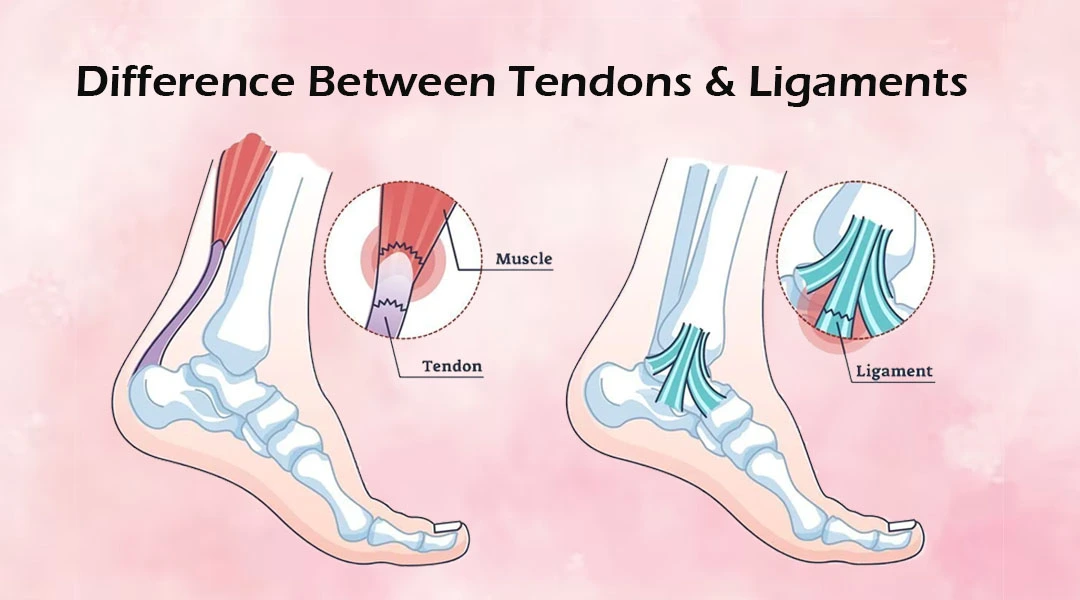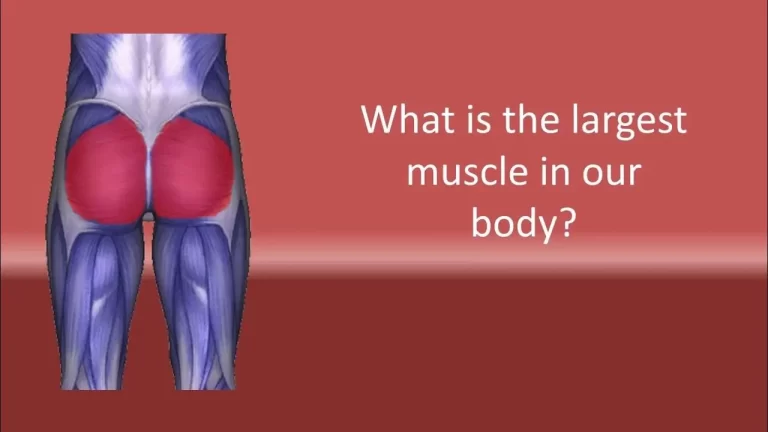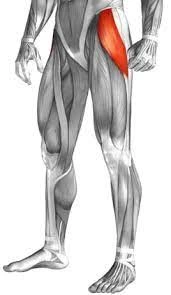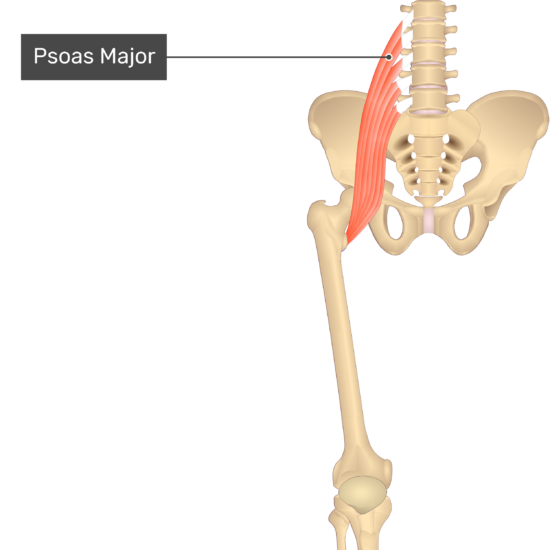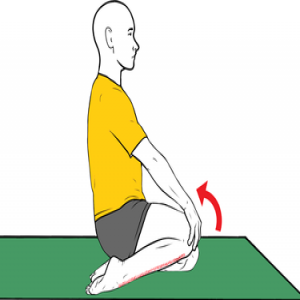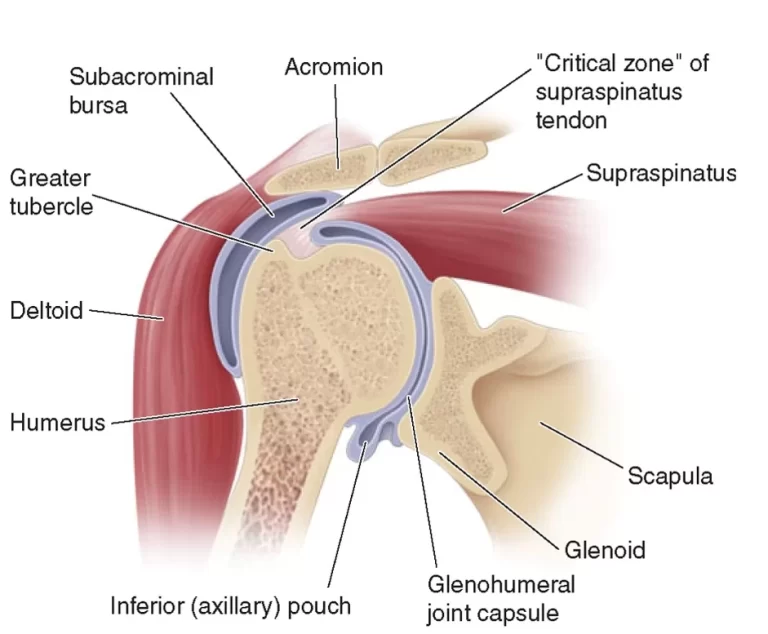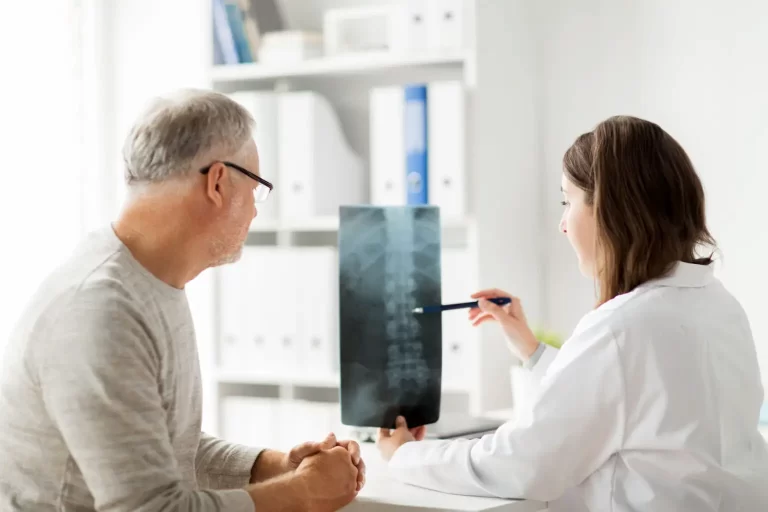Tendons Vs Ligaments
Tendons Vs Ligaments: What’s the Difference?
Tendons and ligaments are bodily structures that are necessary for movement. Tendons are fibrous connective tissues that join muscles to bones or other body structures, whereas ligaments are fibrous connective tissues that join bones to hold structures together.
Ligaments are elastic and flexible, whereas tendons are rigid and inelastic. Ligaments are yellow, while tendon color is white.
Tendons can also join muscles to anatomical features like the eye. A tendon helps a bone or other structure move. Fibrous connective tissue called ligaments bind bones together and help to maintain the stability of structures.
This article includes the difference between ligaments and tendons, injury, treatment, and prevention of the tendon and ligament.
What is a Tendon?
A tendon is a strong, flexible string of tissue that resembles a rope. Tendons are the fibrous bands that link your muscles to your bones. Tendons enable us to move our limbs. They also aid in preventing muscular damage by absorbing part of the force that your muscles experience when you run, jump, or do other actions.
There are thousands of tendons in your body. Tendons may be found from your head to your toes. The Achilles tendon is the biggest in your body, connecting your calf muscle to your heel bone.
Tendons are quite resistant to ripping but not very elastic. This implies they are easily strained (stretched to the point of partial rupture of rope fibers) and may take a long time to heal.
Tendon: Anatomy and Its Function
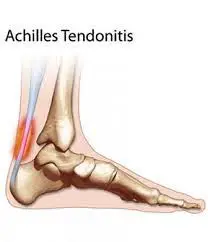
Location of the Tendon
- Tendons are found all over the body. Tendons, For example, Tendons, connect muscles to bones in the elbow, heel, knee, shoulder, and wrist.
- Tendons are largely made of collagen, which is one of the most prevalent proteins in the body. Tendons include blood vessels and nerves as well.
- Collagen fibers are strong, flexible, and resistant to injury. The structure of a tendon is similar to that of a fiber optic cable or a rope, with tiny collagen fibers grouped in bundles. This bundling reinforces and strengthens the tendon.
A Tendon’s collagen fibers are classified as follows:
- The primary fiber bundles (subfascicles) are the smallest.
- Secondary fiber bundles (fascicles) are composed of subfascicle groups.
- Tertiary (third) fiber bundles include fascicle groups that constitute the tendon itself.
Function of the Tendon
- When you contract (squeeze) a muscle, the tendon linked to it pushes on the attached bone, causing it to shift. Tendons function as levers, allowing your bones to move when your muscles contract and expand.
- Tendons are stronger and stiffer than muscles. For example, your foot’s flexor tendons can support more than eight times your weight.
What is a Ligament?
Ligaments are bands of tissue that aid in the stability of bones, joints, and organs. You can protect your ligaments in numerous ways. Ligament sprains, on the other hand, are highly prevalent, especially in the ankle, knee, wrist, back, and neck.
Ligament: Anatomy and Its Function
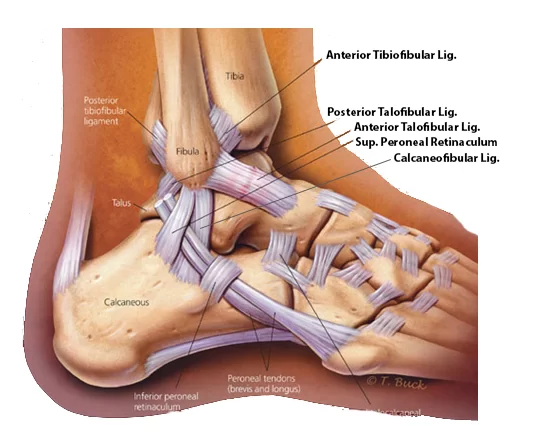
- Ligaments resemble cords consisting of connective tissue, elastic fibers that are slightly stretchy, and collagen, a protein that joins tissues in human beings.
- Ligaments come in a wide range of forms and sizes. The majority of them like ropes, cords, or bands. Some are thin, like string, while others are bigger. Some are even formed in the shape of an arch. They come in pink, yellow, and white.
- There are more than 900 ligaments in the body. The majority are found in the arms and legs.
Function of The Ligaments
Ligaments provide various critical functions that allow you to move correctly They include:
- Allow the joint to move in a purposeful direction.
- Maintain the bones together.
- Ensure that the joints do not twist.
- Muscles and bones should be stabilized.
- Increase joint strength.
- Prevent bone dislocation. For example, your knee contains four ligaments that prevent it from sliding side to side or backward. The uterus of a woman is kept in place in her pelvis by ligaments. Additionally, they connect and stabilize the stomach, intestines, and liver.
Differences between Ligaments and Tendons
- The most visible difference between ligaments and tendons is that tendons connect bone to a skeletal muscle, whereas ligaments connect bone to another bone. Fibroblast cells, which constitute the fundamental structure for connective tissues, are present in both of these structures.
- Tendons are tough and unbending, but ligaments are flexible and elastic. Both are made up of live cells and play an important function in joints and bones. They are high in collagen.
- Ligaments include a small number of fibroblasts, while tendons contain fibroblasts in continuous rows.
- In ligaments, the fibers are packed tightly and are not arranged in parallel bundles. while in a tendon, the fibers are arranged in tight parallel bundles.
- The ligament is made up of yellow fibrous connective tissue. while the tendon is made up of white fibrous connective tissue.
- Ligaments are classified as articular ligaments, peritoneal ligaments, and fetal residual ligaments, while tendons are not classified within themselves.
- Damage to one of these connective tissues can be slightly irritating or completely fatal. Sprains and strains are the two most common types of ligament and tendon injuries. Sprains and strains are not the same thing and cannot be used interchangeably, although they have similar sounds. A sprain is a ligament stretch or tear, whereas a strain is a muscle or tendon stretch or tear.
Causes of Tendon and Ligament Injury
Tendons and ligaments can both stretch, but only to a certain degree. Excessive stretching can result in injury:
Tendon Strain
- Tendons that extend too much might cause strains or tears.
- Tendon strains are classified as overuse injuries because they occur when a person repeatedly performs the same motion for an extended length of time.
Ligament Sprain
- Ligaments that stretch too far might cause sprains or tears.
- Ligament Sprain usually happens when a person falls, twists, or is injured in a way that causes the body to shift from its natural posture.
- Sprained ankles are the most frequent type of sprain, with wrist and thumb sprains also being common.
Athletes are prone to ligament and tendon damage. People who participate in contact sports such as hockey, football, or boxing are most at risk, although athletes who participate in noncontact sports such as golf, tennis, or rowing that demand repeated motions can also suffer from similar injuries.
Signs and Symptoms of Tendon and Ligament Injury
If you have any of the following signs and symptoms, you may have a tendon or ligament injury:
- Tenderness and swelling
- Bruising
- Pain
- Decreases, the ability to bear weight on the affected region.
- Skin discoloration surrounding the injured site
- Stiffness.
Treatment for the Tendon and Ligament Injury
It might be difficult to tell the difference between a ligament and a tendon damage on your own. Consult your doctor if you have discomfort or swelling for an accurate diagnosis and efficient treatment plan. The appropriate treatment strategy is determined by the degree of the damage.
Conservative Treatment
Many ligament and tendon injuries may be treated conservatively using the “RICE” approach, which consists of the following steps:
Rest. Keep your damaged body part immobilized until recovery is complete. If necessary, immobilization braces and crutches may make this easier.
Ice. Wrap ice in a towel to protect your skin before icing the damaged region for 20 minutes at a time, multiple times each day, until you heal.
Compression. Wear a compression bandage to reduce swelling. Wrap the bandage so that it is snug but not too tight.
Elevation. Placing your damaged body part higher than your heart might aid in swelling reduction and recovery.
Medication. Taken as needed, over-the-counter anti-inflammatories and pain medications may help lessen your discomfort and swelling.
Surgical Treatment
- In more serious situations, ligament or tendon reconstruction might require surgery or another invasive procedure. Surgery can be used to repair a ligament or tendon that has failed to heal on its own.
- Repair a ligament using tissue from another ligament or tendon.
- Physical therapy and rehabilitation can assist in restoring the complete range of motion in the affected area.
Prevention of Tendon and Ligament Injury
Some injuries, such as a quick stumble or hitting your knee on the steering wheel during a vehicle accident, are unavoidable. Take the following steps to prevent damage to your tendons and ligaments:
- Warm up before you exercise. Warm up your body for around 10 minutes with modest aerobic exercises before you begin exercising. For example, before running around a track, walk a few rounds.
- Initiate carefully and gradually. This also assists in warming up your muscles.
- Wear shoes that fit correctly and are suitable for the sport.
- Preserve a healthy weight.
- Change up your routine. Balance your aerobic with strength training. After an intensive workout, take a day off or move to a new hobby. This can assist you in avoiding overstressing the same ligaments and tendons.
- Pay attention to your body. Rest if you are in pain or fatigued. Many injuries occur when the body is already exhausted or stressed.
- Stretch. Stretching is often recommended after exercise when your body is warm and flexible. Hold each stretch for no more than 10 to 20 seconds and only do it once. Never skip or stretch to the point of pain.
Summary
Throughout the body, there are thousands of ligaments and tendons. Ligaments and tendons are both formed of connective tissue and may be ripped or stretched, but their functions are different.
Ligaments connect one bone to the next. Tendons connect muscles to bones. However, both are necessary for healthy body mechanics. Recognizing ligament and tendon issues early on is critical to living an active and pain-free life.
FAQs
What is the difference between a tendon and a ligament?
Ligaments and tendons are tissues that allow us to move. Ligaments are fibrous connective tissue that connects bones to bones and holds things together, whereas tendons are fibrous connective tissue that connects muscles to bone or other bodily structures.
Is tearing a ligament or a tendon more painful?
Tendon injuries recover quicker than ligament injuries of equivalent severity because tendons have a greater blood supply than ligaments. Ligament and tendon tears are both significant disorders that, if left untreated, can cause acute pain and irreparable disability.
Which is more flexible, the tendon or the ligament?
Ligaments are usually more flexible than tendons. There are two kinds of ligaments: white and yellow. White ligaments are made up of strong collagen fibers that are not highly elastic. Yellow ligaments have more elastic fibers, allowing for greater mobility.
What is a tendon’s function?
Their primary role is to transmit muscle force to the bone skeleton, allowing for movement around a joint; as such, they are generally passive, inelastic structures capable of withstanding significant forces
References
- Admin. (2021, March 2). Difference between tendon and ligament. BYJUS. https://byjus.com/biology/difference-between-ligaments-and-tendons/
- Christiano, D. (2018, September 18). What’s the difference between ligaments and tendons? Healthline. https://www.healthline.com/health/ligament-vs-tendon
- Tendons and ligaments: What is the difference? (2019, October 31). https://www.medicalnewstoday.com/articles/326858
- Difference between ligaments and tendons – ToppR-guides. (2020, September 22). Toppr-guides. https://www.toppr.com/guides/biology/difference-between/ligaments-and-tendons/
- Professional, C. C. M. (n.d.). Tendon. Cleveland Clinic. https://my.clevelandclinic.org/health/body/21738-tendon

